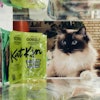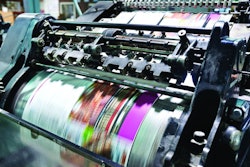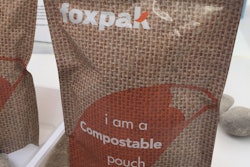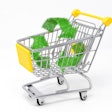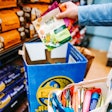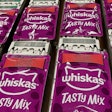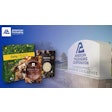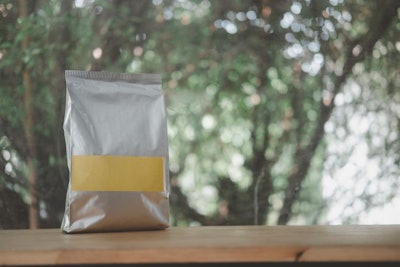
Plastics might get a bad rap when it comes to microplastics harming sea life or giant garbage patches floating in the oceans, but consumers believe the benefits of plastic packaging outweigh the risks, according to a study conducted by Nova Chemicals.
Nicole Skaugen and Brant Wunderlich of Nova Chemicals, who spoke at Petfood Forum 2022 in Kansas City, Missouri, USA, found that consumers age 44 and under want recyclable packaging and packaging made from recycled materials. Nova conducted a three-year study from July 2019 to April 2021 that consisted of three surveys from U.S. and Canadian consumers, with about 1,200 people surveyed per year. Wunderlich said the aim of the study was to understand how people feel about plastic packaging and track how it changed over the course of the pandemic.
The study asked respondents whether they agreed with the statement, “The benefits of plastic outweigh the risks.” There was a peak in the “agree” response at 40% in 2020, up from 30% in 2019, but that went down slightly in 2021 to 37%.
“Consumers know that plastic keeps the products they buy safe, sanitary and fresh – and that applies to both groceries and pet food,” Wunderlich said.
More than any other age group, the age 44 and younger group “understand the performance attributes and the value of these materials,” he said.
The survey also asked respondents to rank what they felt was the most important aspect of plastic packaging. Sanitation ranked highest, with recyclability, reusability and recycled content lower.
“The No. 1 priority is sanitation. It shows the consumers understand the safety benefits that their packaging provides,” Skaugen said, adding that there has also been a rise in the expectations around sustainability.
“Consumers don’t like that feeling that they get when they have to throw something away,” she said. “We as consumers want our packaging to be sustainable so that we don’t feel like we’re contributing to a problem.”
With the knowledge that younger consumers understand the value of plastic, Skaugen said this is an opportunity for the pet food industry to deliver solutions that are aligned with consumers’ expectations.
“Circular solutions are critical. We know that consumers are putting a higher importance on recyclability and recycled content, with nearly 50% of consumers age 44 and under reporting having purchased a product specifically because of the (post-consumer recycled) content of the package,” she said.
But, she added, collaboration is key because no one part of the value chain can solve this problem alone.
“We have to work together to get the whole industry there. And when we pull it off, we will truly be delivering on a solution that speaks directly to what the consumers are asking for, particularly with this new generation of pet owners,” Skaugen said.

